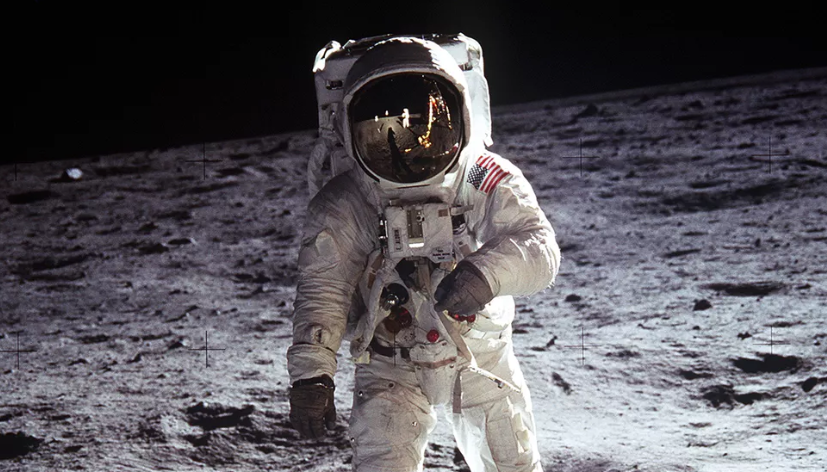Venezuelan scholar and forestry expert, José Rafael Lozada, is making public a series of videos where he demonstrates that besides the polemic Mining Arc of the Orinoco River, there is another mining arc devastating Venezuela’s Canaima National Park, which is a Unesco world heritage site, as well as the Caura National Park and the Southern Bolívar State Protective Zone.
Lozada calls the area ‘Indigenous Mining Arc’ and, according to his review of media stories, interviews with local sources and research trips to the area, it is the product of a series of deals that the Pemón tribe made with both the current Nicolás Maduro regime and the former Hugo Chávez regime.
Besides the archival documentation, the expert analyzes satellite and Google Earth images from different years and shows how massive placer gold mining operations that employ dredges have grown anarchically in protected areas.
























